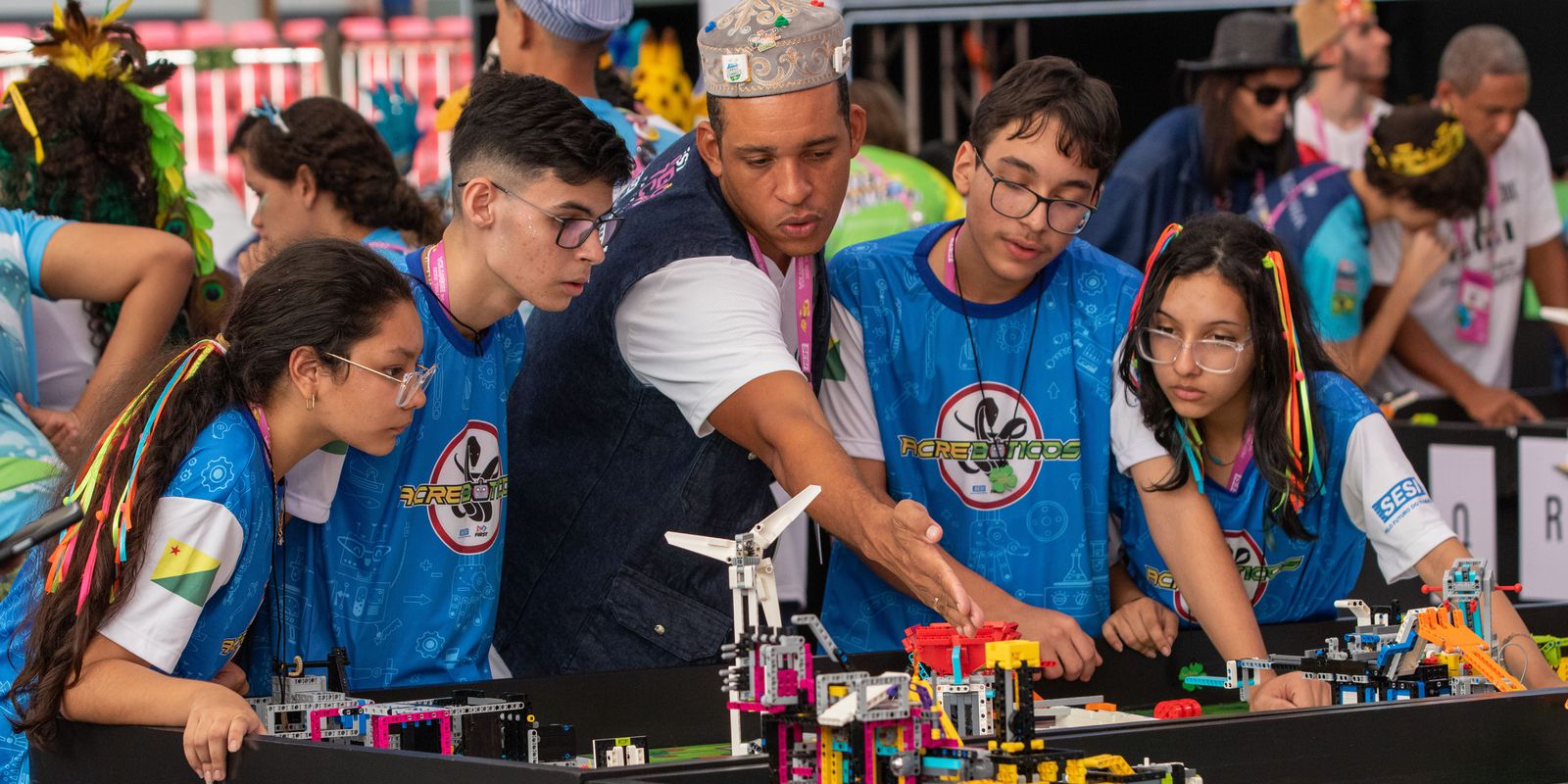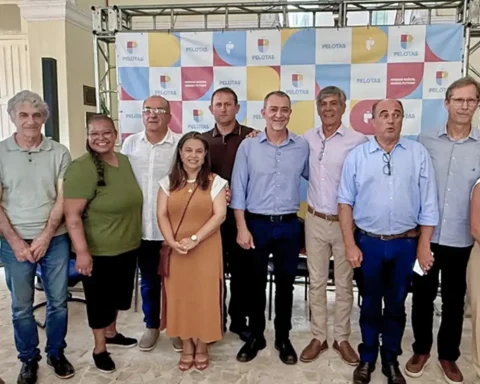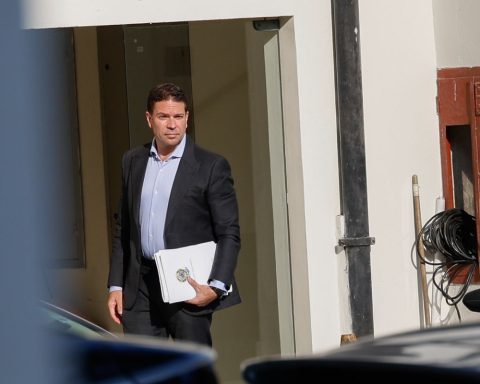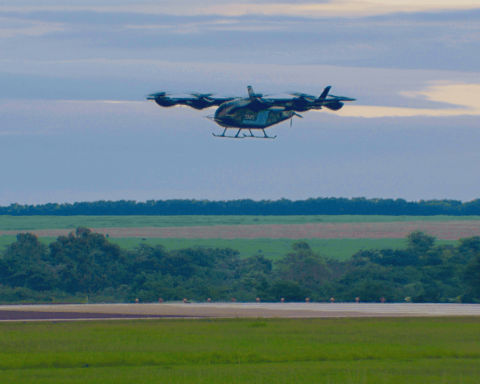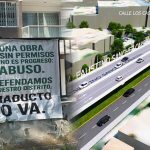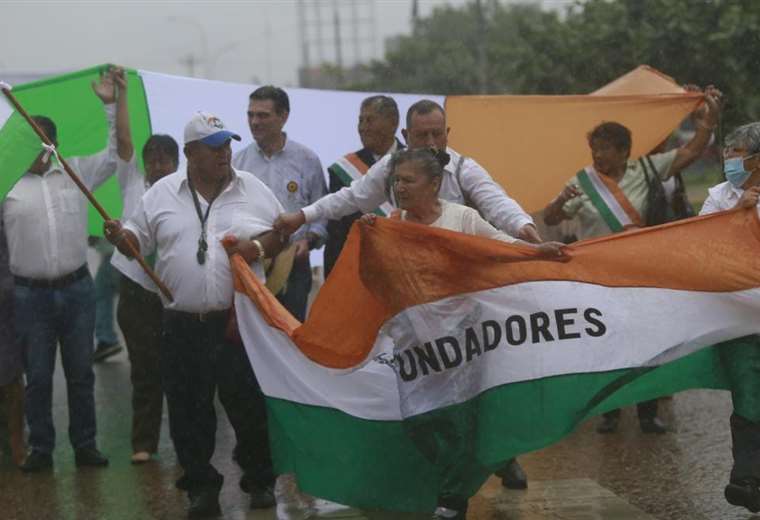“We are from Elev3r and we came to compete, the important thing is to learn and also have fun. The work was enormous to be able to reach it, believe in your dreams and you will achieve it”, sang Arthur, alongside six other teammates, with the same red helmets.
Enthusiastic about finding answers to the challenges posed by competition with small robots made from Lego bricks, Arthur is responsible for building and operating robots in his second participation in the competition.
“We have to assemble the robots without a manual and in a version that is even less updated than what we are used to. But here we have the chance to create and we go by trial and error to see what will work best. The coolest thing about the challenge is the whole set: assembling the robots, seeing friends, learning programming and working as a team”, he said.
For Arthur’s team coach, teacher Lorines Cezne, 42 years old, the great benefit of the competition is training students’ ability to solve problems.
“The tournament and robotics itself are ways of showing young people how to have autonomy in everyday life for professional life. The concepts they learn here, they take to life and give them a range of possibilities. Here we have teamwork, how to deal with day-to-day emotions and frustrations, ”she explained. “There is no rivalry, we have to reinforce companionship and help each other. This is a way of showing young people that if something goes wrong, they don’t need to get frustrated, these are life’s challenges”, she added.
According to Cezne, in a previous edition, his students developed a project to solve a frequent problem at school: the lack of a remote control to activate the air conditioning.
“Many air conditioners that were not working because we couldn’t find or didn’t have the remote control. So, the students created a plate attached to the keychain, with a mechanism to turn on the device and all the teachers had it in their hands”, he said.
Formula 1
The festival has the Formula 1 educational project, which encourages students to set up teams, with three to six members. The teams build a miniature car, a replica of the official racing cars, which, propelled by a CO2 cylinder, can reach 80 km/h on a 24-meter-long track. The winning team in the category will participate in the Singapore Grand Prix in September.
In her first participation in the competition, 16-year-old Maria Eduarda Brito, from Minas Gerais, said that she joined a robotics project linked to Formula 1 for emotional reasons. “Since I was a little girl, I woke up early on Sundays to watch Formula 1 with my father and that encouraged me to be part of this team”. “I intend to study medicine and robotics helps me with human relations. I like trying to understand human beings, people’s brains, being integrated and trying to help. Here you have it all, ”she said.
Davi Roberto, one of Maria Eduarda’s six team partners, highlighted that the category encourages students to act as if they were in a Formula 1 startup to develop various aspects, such as company organization, people management, in addition to the engineering part. .
“The competition judges different aspects and the ‘star of the project’, which is the race, is worth few points. This encourages all participants to be equally committed,” he described.
Citizens
Held for 10 years by Sesi, the festival brings together more than 2,500 participants from all over the country until this Saturday (18). Every day, around 3,000 people passed through the site, including caravans of students and visitors. For Sesi’s director of operations, Paulo Mól, the robotics festival encourages the search for answers to real everyday problems.
“We believe in robotics as a different model for education in the 21st century. In a way that knowledge construction can happen with social impact, students having fun, learning while playing. The festival works on several themes, participants have to analyze the context, which problems they will solve. In social projects, we encourage students to think about how robotics can help even more than science and technology in building citizens”, she argued.
